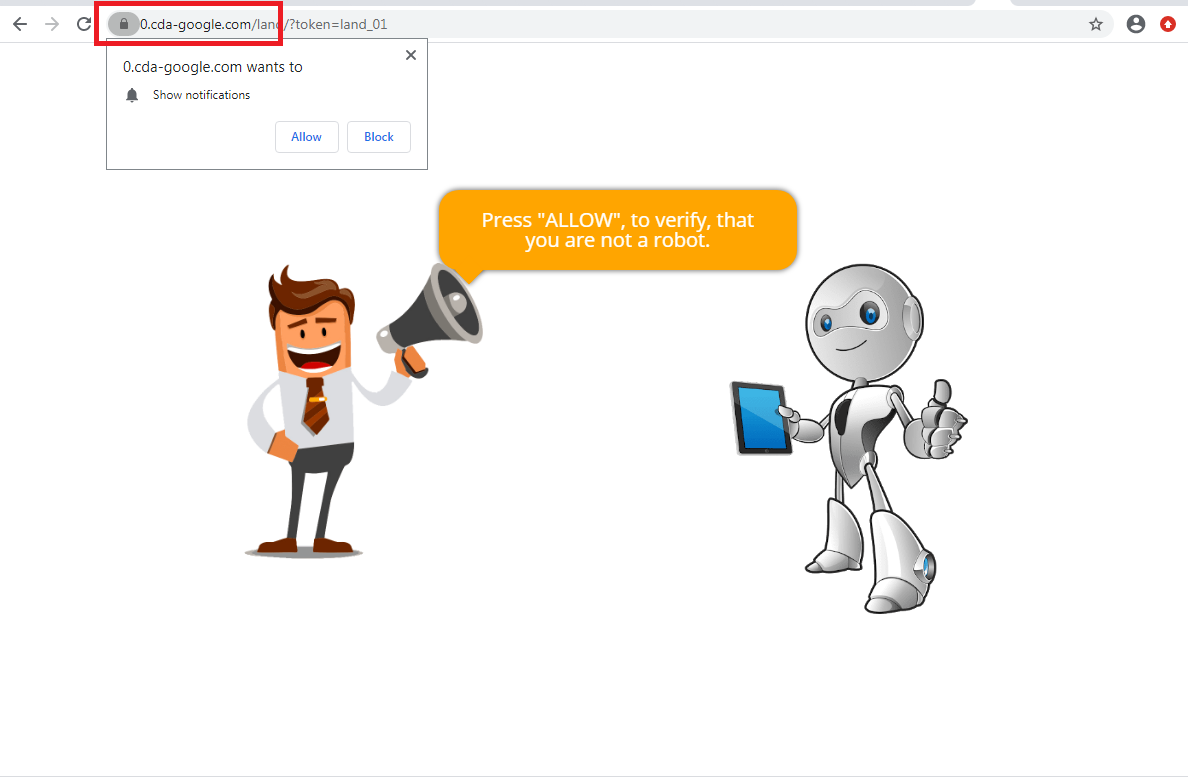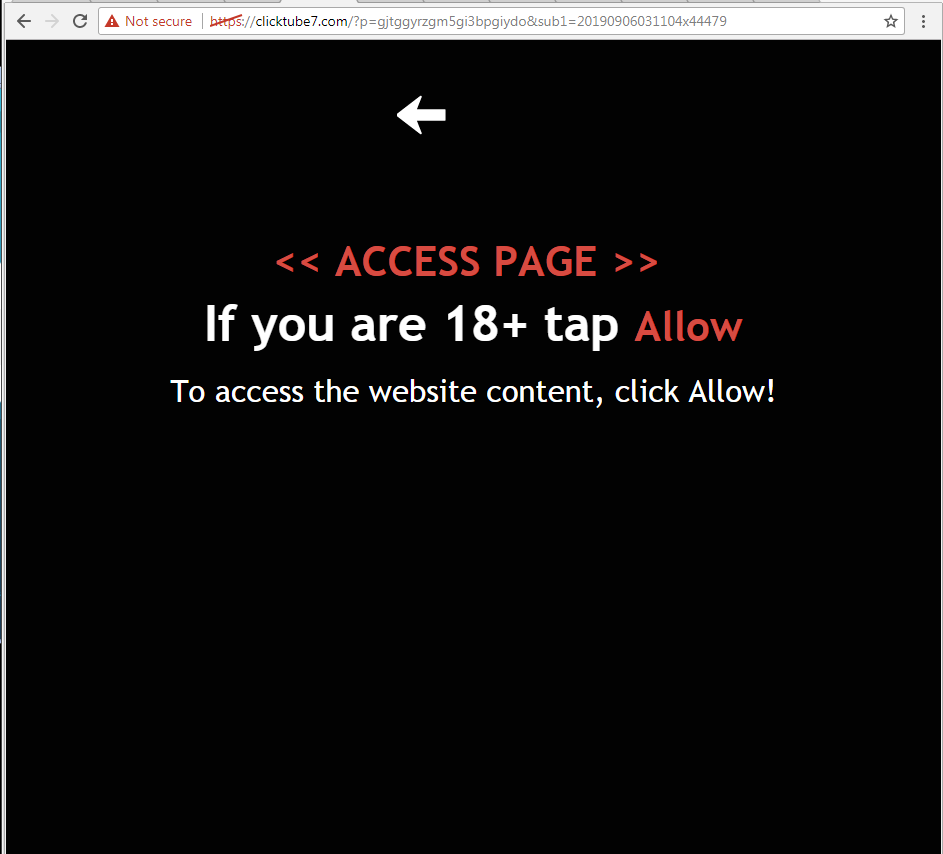Hets Virus Removal Guide (+Decrypt .hets files)
Hets – Ransomware
Hets is a malicious software application working as common ransomware. Michael Gillespie, the popular virus researcher, very first found this new name in the DJVU ransomware family.
Hets was created for the sole function to encrypt all popular file types. Rationally, as quickly as the encryption is effectively accomplished, the users are not able to get access to them. Hets ransomware adds its own “.hets” to all the encrypted data. For example, the file “price_list.xls”, when modified by Hets, will be titled as “price_list.xls.hets”. Once the encryption is accomplished, Hets puts its own special text document (_readme.txt) into all the folders that save the encrypted files.
The alert mentioned by document requesting the random os extremely similar to the alerts given by other ransomware dangers belonging to the DJVU family. The warning generally indicates that the information has been encrypted and the only solution to get access to it is to use an unique standalone key. Regretfully, this statement is absolutely true.
The technique to secure the files utilized by Hets is not entirely researched. Nevertheless, there is no doubt that each computer system owner might be provided a special decryption key, which is definitely distinct. It is incredibly hard to recover the information without the suitable type in place.
“Don’t worry, you can return all your files!”, from _readme.txt message:
One more peculiarity of the Hets virus is that the users are not able to get access to the key. The decrypting key is hosted on a special server under the complete control by the criminals who have actually launched the Hets infection into the internet. In order to get the key and restore the crucial information, the users are informed to connect with the frauds via email or by telegram and to pay the ransom in the quantity of $980.
The message also says that the people should call the Hets authors within 72 hours upon the minute of the information encryption. The alert shows that by doing so the people will acquire a 50% discount rate, therefore, the ransom amount drops down to $490.
Hets modified your files, however, it may not be the only danger on your PC. Plus, the ransomware may be concealed deep in the system. To detect and delete the hazard totally, we advise you to refer to the help of GridinSoft Anti-Malware app.
Download GridinSoft Anti-Malware
GridinSoft Anti-Malware Review, How to get free trial?, EULA, and Privacy Policy.
No matter what the amount of the ransom is, we strongly recommend that you do not pay the ransom. There is no warranty that these online criminals will keep their guarantees, so they may not care at all what the victims feel about the encryption, even when the amount of the ransom is received into their accounts. Thus, paying ransom often does not lead to an effective healing. So, the users may simply lose their money for nothing.
Likewise, we advise you not to call the scams as they instruct. Do not move loan into their wallets. There are no applications that could crack the Hets ransomware or restore the information at no cost. Therefore, the only proper decision is to bring back the information from possible backups (if readily available).
Virus Summary
| Name | Hets Ransomware |
| File Extension | hets |
| Type | Ransomware |
| Family | DJVU |
| Short Description | The ransomware encrypts all the data stored on your system and requires a ransom to be paid on your part supposedly to recover your important files. |
| Symptoms | File encryption by the ransomware is performed by means of the AES-256 algorithm (CFB mode) encryption algorithm. Once the encryption is completed, the ransomware adds its special .hets extension to all the files modified by it. |
| Distribution Method | Adware bundles and software cracks |
| Similar Infections | Zobm, Rote, Kodg |
| Removal Tool | GridinSoft Anti-Malware |
Do not forget that the Internet is now filled with infections comparable to the Hets ransomware. For example, this specific risk is generally similar to Brusaf and other ransomware-type infections. These harmful energies have been developed in order to encrypt the crucial data and express the demand for the users to pay the ransom. All these infections use the identical algorithm to produce the particular key for effective information decryption.
Unless the Hets ransomware is still under the development procedure or has got some hidden bugs, it is not possible to bring back the data by hand. Hence, the only working solution to prevent the loss of your crucial data is to routinely keep updated backups of all your essential data.
Another crucial piece of suggestions is to keep the backups on unique storage not linked to your primary computer. For example, you might keep it on the USB Flash Drive, or some external hard disk, or by using the cloud data storage services. Keeping the backups on your system drive is extremely dangerous, given that the backup may likewise be secured by the Hets virus.
Leakages for the Hets ransomware attack.
Hets uses lots of courses to penetrate the vulnerable computer systems. It is not specific what particular method was used in your case, nevertheless, the intrusion may happen by means of the following channels:
- bundling with third-party programs, generally free software;
- spam emails from the unknown senders;
- websites offering complimentary hosting;
- P2P (peer-to-peer) torrent software.
There are times when the Hets ransomware might disguise itself as some authentic application, for instance, through the misleading notifies demanding installation of some software upgrade. This is the most typical trick utilized by the frauds to inject the Hets infection files into the system. By doing this users partially participate in its setup, without clearly understanding the threat.
Moreover, the frauds might send out unsolicited spam email with tricky signals motivating the people to open dubious attachments or click some download links, for instance, those motivating individuals to open particular photos, text files, tax files and other info.
No doubt, opening these files or clicking on the destructive links may essentially damage the system. Fake Adobe Flash Player update alerts may result in the Hets ransomware seepage. Likewise, downloading the split software application may furthermore include the ransomware installer. The last however not the least, installation of Hets may take place through some Trojan horses that might be installed stealthily into the system and without the user’s direct approval or even approval.
Avoiding the Hets injection.
Obviously, there is no outright assurance that your computer system will be always without any malware attacks, however, we want to share some helpful suggestions with you to make it safer. Ensure to pay extremely very close attention while browsing the web and especially while downloading cost-free programs. Do not open any dubious e-mail attachments, specifically if the sender is not known to you.
Do not forget that certain freeware installer might also consist of some other extra apps in the bundle. These extra applications may be really harmful. It is of utmost significance to keep your anti-virus software application and your os in basic to be always properly updated.
It is quite logical that downloading cracked programs is prohibited, however, additionally, such unauthorized software usage might also bring severe damage to your computer. For this reason, do not download any split programs. Plus, the reality that your present anti-virus did not safeguard the system from the Hets ransomware is an excellent factor for you to reassess your options and change to another program that can render the securing functions on a far better level.
Below please find the quotation from the Hets text file:
ATTENTION! Don't worry, you can return all your files! All your files like photos, databases, documents and other important are encrypted with strongest encryption and unique key. The only method of recovering files is to purchase decrypt tool and unique key for you. This software will decrypt all your encrypted files. What guarantees you have? You can send one of your encrypted file from your PC and we decrypt it for free. But we can decrypt only 1 file for free. File must not contain valuable information. You can get and look video overview decrypt tool: https://we.tl/t-2P5WrE5b9f Price of private key and decrypt software is $980. Discount 50% available if you contact us first 72 hours, that's price for you is $490. Please note that you'll never restore your data without payment. Check your e-mail "Spam" or "Junk" folder if you don't get answer more than 6 hours. To get this software you need write on our e-mail: [email protected] Reserve e-mail address to contact us: [email protected] Our Telegram account: @datarestore
Screenshot of files with “.hets” extension added by the ransomware:”

Use GridinSoft Anti-Malware to remove Hets ransomware from your computer
1.Download GridinSoft Anti-Malware.
You can get GridinSoft Anti-Malware by clicking the button below:
2. Double-click on the setup file.
When setup file has finished downloading, double-click on the setup-antimalware-ag.exe file to install GridinSoft Anti-Malware on your computer.

An User Account Control asking you about to allow GridinSoft Anti-Malware to make changes to your device. So, you should click “Yes” to continue with the installation.

3. Press Install button for run GridinSoft Anti-Malware.
3.Once installed, GridinSoft Anti-Malware will automatically run.
4. Wait for the GridinSoft Anti-Malware scan to complete.
GridinSoft Anti-Malware will automatically start scanning your computer for Win Speedup 2018 and other malicious programs. This process can take a 20-30 minutes, so we suggest you periodically check on the status of the scan process.

5. Click on “Clean Now”.
When the scan has completed, you will see the list of infections that GridinSoft Anti-Malware has detected. To remove them click on the “Clean Now” button in right corner.










Hi Daniel,
Do you have an Decrypter hets ?
Thank you